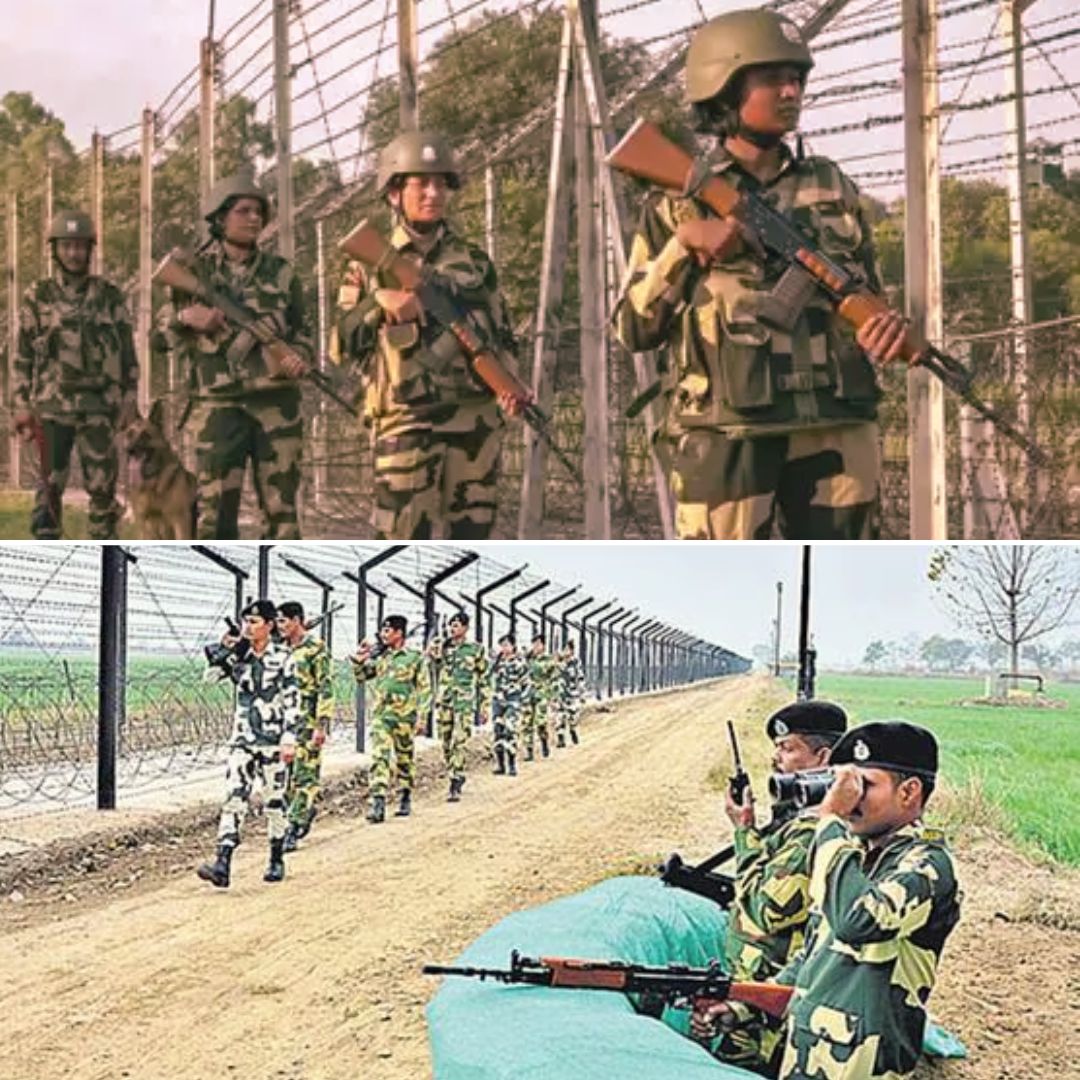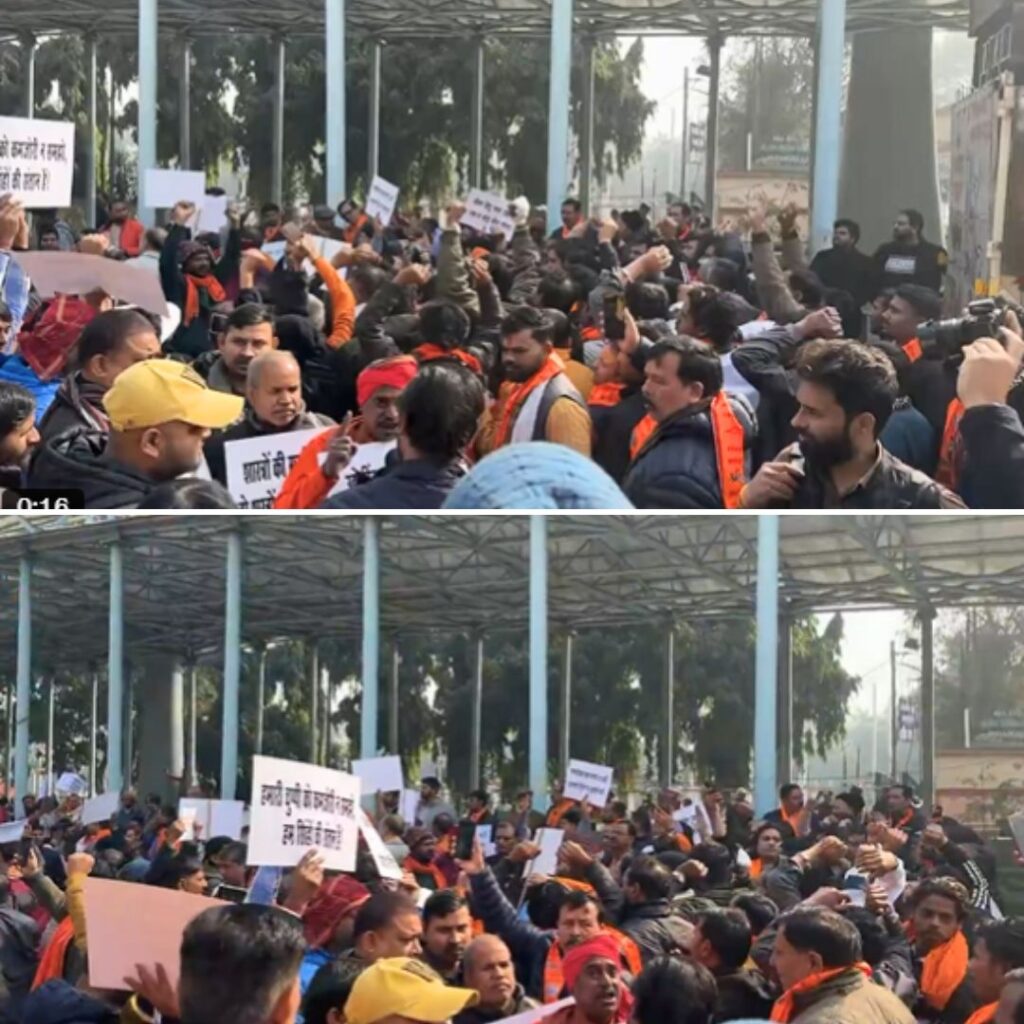After India and Pakistan agreed to a US-brokered ceasefire on Saturday evening, the night between Sunday and Monday passed peacefully along the Line of Control (LoC) and International Border in Jammu and Kashmir, according to the Indian Army.
This marks the first night in 19 days without shelling or gunfire, following a period of intense cross-border violence triggered by the April 22 Pahalgam attack. Both governments have confirmed that high-level military talks are scheduled for today to reinforce the ceasefire, while international observers urge continued restraint from both sides.
Border Communities Breathe a Sigh of Relief
For the first time in nearly three weeks, residents along the LoC and International Border awoke to quiet streets and undamaged homes. “Last night was the first time in days that my children slept through the night,” said Shabnam Begum, a resident of Uri sector, reflecting the widespread relief felt in border villages.
Indian Army spokesperson Colonel Rajesh Kalia confirmed, “No incidents of firing or shelling were reported overnight. Both sides have shown restraint since the ceasefire took effect.” Pakistani officials echoed this sentiment, with Inter-Services Public Relations (ISPR) stating that “the situation along the Working Boundary and LoC remains calm.”
The US State Department, which played a key role in brokering the ceasefire, welcomed the development, calling it “an encouraging step towards regional stability.”
From Escalation to Fragile Peace
The current crisis began with the devastating Pahalgam attack on April 22, which claimed 27 lives, mostly Hindu tourists. In response, India launched ‘Operation Sindoor’, targeting suspected terror camps and military infrastructure in Pakistan and Pakistan-Occupied Kashmir with a series of missile strikes between May 7 and 11. Pakistan retaliated with missile and drone attacks, leading to heavy exchanges of fire and civilian casualties on both sides.
According to official figures, over 60 people have lost their lives and hundreds have been displaced since April 23. International concern mounted as the violence escalated, prompting urgent diplomatic intervention. The United States, with support from the United Kingdom and the United Nations, facilitated back-channel negotiations that resulted in the ceasefire agreement announced on May 10.
Despite initial violations reported in the hours following the truce, both nations have since issued strict orders to their armed forces to maintain the peace, and Directors General of Military Operations (DGMOs) are set to meet today to formalise de-escalation measures.
A Crucial Test for Lasting Peace
While the ceasefire has brought temporary relief, analysts warn that the situation remains volatile. Both Indian and Pakistani officials have reiterated their commitment to the agreement, but mutual distrust lingers. “We are committed to upholding the ceasefire, but our forces remain vigilant,” said Indian Foreign Secretary Vikram Misri.
Pakistan’s Foreign Minister Ishaq Dar echoed this, stating, “We hope this truce will pave the way for constructive engagement on all outstanding issues.”
International observers, including the United Nations Secretary-General, have urged both countries to use this opportunity to address the root causes of conflict and prevent future escalations. Meanwhile, humanitarian agencies are mobilising to assist displaced families and restore essential services in affected areas.
The Logical Indian’s Perspective
The return to calm along the border is a much-needed reprieve for thousands of families who have endured weeks of fear and disruption. The Logical Indian believes that true peace requires more than just a cessation of hostilities-it demands empathy, dialogue, and a genuine commitment to coexistence.
We commend the efforts of all stakeholders who prioritised diplomacy over violence and urge both governments to build on this momentum for lasting reconciliation. As the region stands at a crossroads, we ask our readers: Can this fragile truce become the foundation for a new era of peace and cooperation between India and Pakistan?












